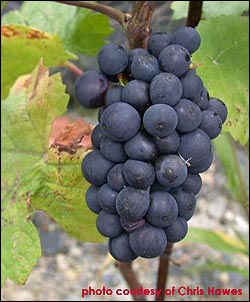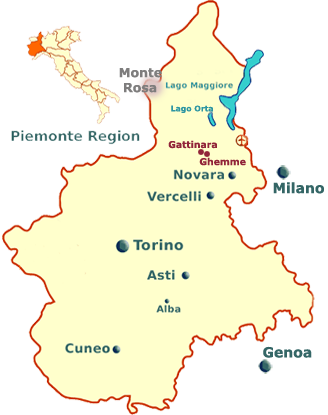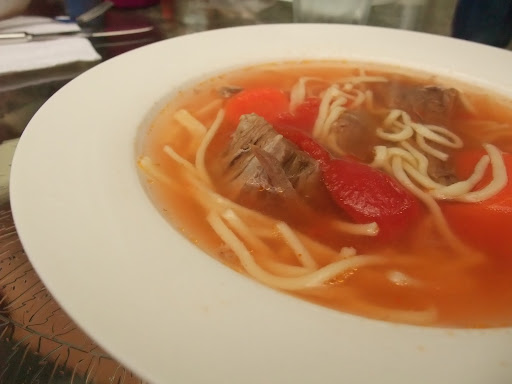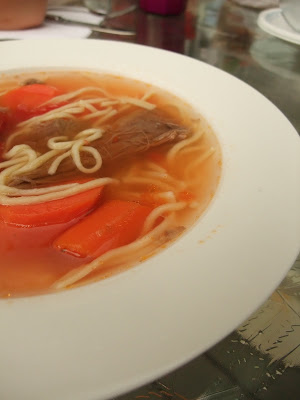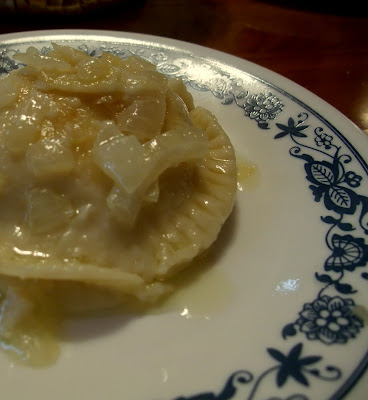Part wine club, part discount program, "club swirl" offers a great way to try new and exciting wines from around the world. Benefits include our 2 wines of the month, discounts on all wine purchases and tastings, invitations to special members only tastings, advance email notices on special wines brought into the store and more for only $39.99/month! Memberships applications are available, call 504.304.0635 for more details.July's Selections:2008 Craggy Range Sauvignon Blanc Te Muna Road Vineyard

When the first growers planted grapes in Marlborough in the 1970s (there is evidence of plantings as early as 1870s), it is unlikely they would have foreseen the extent of the growth and fame that the region’s wine industry would achieve, based upon a single varietal called
Sauvignon Blanc. The distinctive pungency and zest fruit flavours of the first Marlborough wines, in particular
Sauvignon Blanc, captured the imagination of the country's winemakers as well as international wine commentators and consumers and sparked an unparalleled boom in vineyard development. Worldwide interest in Marlborough wines, particularly
Sauvignon Blanc, has continued to fuel that regional wine boom.
New
Zealand's reputation for benchmark
Sauvignon Blanc is a direct result of its predominantly cool, dry, sunny climate. Abundant illumination, low rainfall and the infertile, low-vigor, geologically young stone soils, create an ideal environment for this variety.
Martinborough, at the North Island's south end, and Marlborough, at South Island's north end, are very similar, but the small differences are critical.
While
Martinborough's average 1,109 degree days are close to the 1,140 average in Marlborough, its spring is cooler and its autumn warmer, resulting in a harvest roughly ten days later than Marlborough. Rainfall is nearly identical, but distribution different:
Martinborough is wetter in spring and drier in fall than Marlborough, removing the risk of rain with a late harvest. As a result, the wines are more extracted, complex and structured, with more subtle aromatics and greater elegance.
Craggy Range's Te
Muna Road vineyard, in the
Martinborough district at the south end of the North Island, is an exceptional estate unique in New Zealand. The property is divided into two terraces: an upper terrace lying entirely on the old, stony, decomposing
Martinborough soils well suited to
Pinot Noir; and a geologically distinct lower terrace dominated by classic New Zealand
greywacke stones, a superb
terrior for
Sauvignon Blanc. This sheltered lower terrace, along the
Huangarua River, is the former bed of this river and its deep, stony soils are interspersed with layers of sand, silt and clay. There are also significant deposits of limestone pebbles that have eroded from the adjacent hills over time. The majority of the vineyard's fourteen
Sauvignon Blanc parcels, totaling 130 acres, are situated on the lower terrace.
Winemaker's Notes: Pale straw with green hints. The aromas are of white peach, citrus and delicate tropical fruits. The mouth filling palate is awash with flavors of fresh apple, nectarine, lime and tropical notes. The flavors are underlined by fine supporting acidity and a chalky texture that leads into a very long, rich and clean lime and
passionfruit finish.
Retail Price: $17.99
Club Swirl Price: $17.09/bottle, $15.29 with club swirl case discount
2005 Craggy Range Te Kahu Gimblett Gravels Vineyard Hawkes
Hawkes Bay is found on the east coast of New
Zealand's North Island. It is the second largest wine region in New Zealand, and one of the most respected. The region has produced wine for around 100 years, far longer than most of the other areas in the country.
Hawkes Bay enjoys high summer temperatures, low rainfall, low relative humidity and high permeability of soils - all of which contribute to creating an ideal environment for the production of concentrated grapes.
Within
Hawkes Bay grapes are produced in coastal areas such as Te
Awanga and
Esk Valley, inland areas such as
Puketapu and
Matapiro , and gravelly areas such as the acclaimed
Gimblett Road which has been building a reputation for producing high quality red wines from 'Bordeaux' red varieties and
Syrah.
The
Gimblett Gravels appellation, covering 800ha, is strictly determined by the gravely soils laid down by the old
Ngaruroro River, which were exposed after a huge flood in the 1860's.
The
Gimblett Gravels district is warmer during the day in summer and autumn, compared with most other areas in
Hawkes Bay. The evenings are also warmer because of thermal conductivity in the stony soils.
The Craggy Range Te
Kahu is a single vineyard offering from the acclaimed
Gimblett Gravels area. It is 80% Merlot, 20% Cabernet
Sauvignon and is aged 19 months in 55% new French oak. Dense garnet color with vivid purple hues. Dark plum and
cassis fruits dominate the nose, supported by cedar, thyme and vanilla characters. Deep weighty fruit on the palate is supported by layers of ripe tannin, soft natural acids and a rich long finish. The structure is harmonious and long, the wine is complete; fragrant, ripe yet finely balanced.
Retail Price: $23.99
Club Swirl Price: $22.80/bottle, $20.39 with club swirl case discount
Or if you are receiving 2 red wines:2007 Plantagenet Omrah Pinot Noir
The Great Southern Region is a large region running along the south coast of Western Australia. Lake Muir marks its western boundary and the
Pallanup River marks the east. There are two other rivers the
Frankland to the west and the
Kalgan which enters the ocean near Albany.
The region has five sub-regions, Albany, Denmark,
Frankland River, Mount Barker and
Porongurup. The main town is Albany, followed by Denmark,
Porongurup, Mount Barker and Rocky Gully.
The region's
viticultural history is entirely recent. John Gladstones and Harold
Olmo gave the green light for development in the late 50's early 60's.
WA's Department of Agriculture under Bill Jamison established trial plantings at Forest Hill in 1965. Further trials ensued and by 1972 the first harvest was sent to
Houghtons and
Sandalford for
winemaking by Jack Mann and his son
Dorham. What transpired was development that gained momentum in the 70's and accelerated in the 80's.
The climate is maritime influenced Mediterranean, with significant differences reflected between the sub-regions.
Plantagenet Wines was the first winery in the Great Southern wine growing region of Western Australia. From small beginnings Plantagenet Wines is now one of the most well respected Western Australian wineries consistently producing quality wines for nearly 40 years. Fruit for many of the wines is sourced from the oldest vineyards in the region.
The fruit for their
pinot comes from the Rocky Horror and
Bouvary vineyards with a dash from the
Hayview vineyard, all from around Mount Barker and the
Dunhelm vineyard in Denmark. All vineyards are in the Great Southern area of Western Australia.
Winemaker's Notes: Deep, vibrant crimson hues. Cherry and raspberry with distinct spice and subtle undertones of oak derived vanilla. Supple and smooth on the palate with lashings of sweet fruit, finely polished tannins and balanced acidity that provide a finely poised backbone for the vibrant fruit flavors and varietal spice notes.
Retail Price: $18.99
Club Swirl Price: $18.04/bottle, $16.14 with club swirl case discount
$18.05
 Date: July 31
Date: July 31




